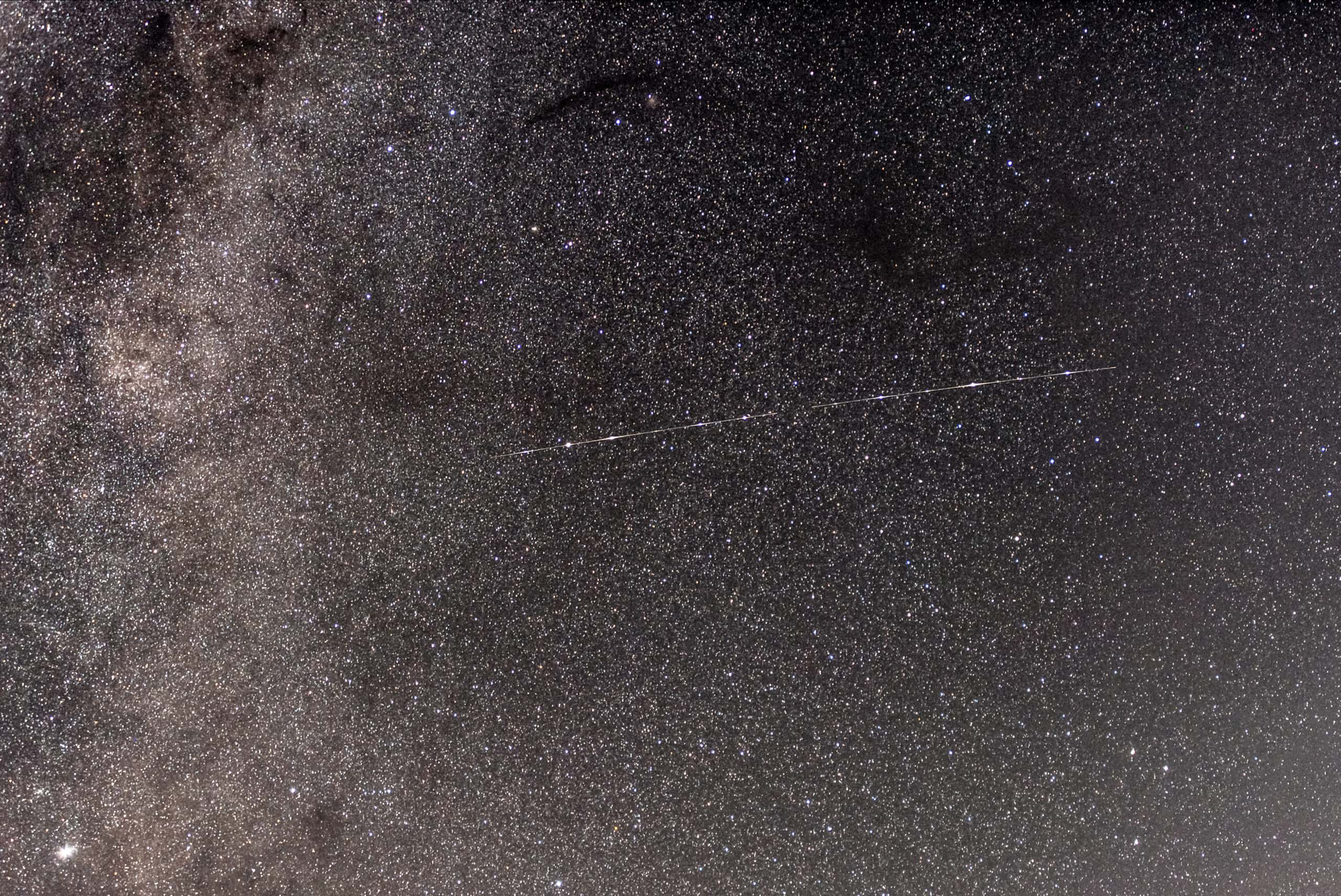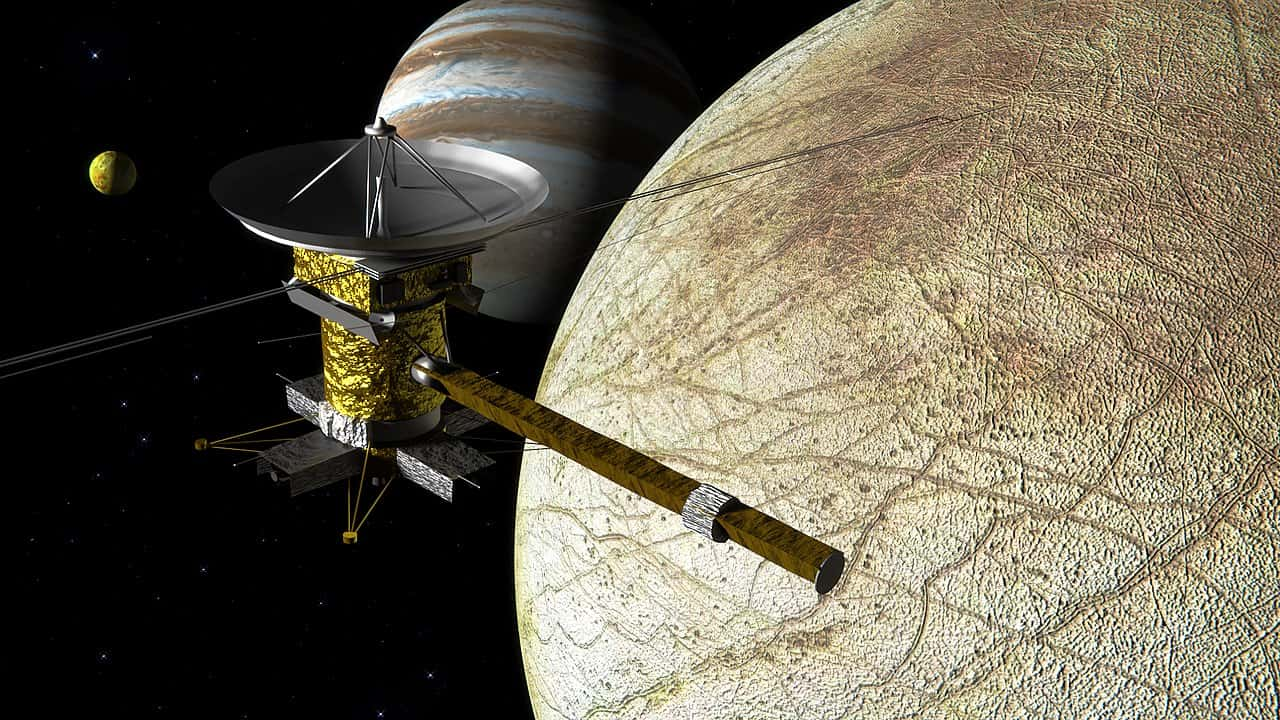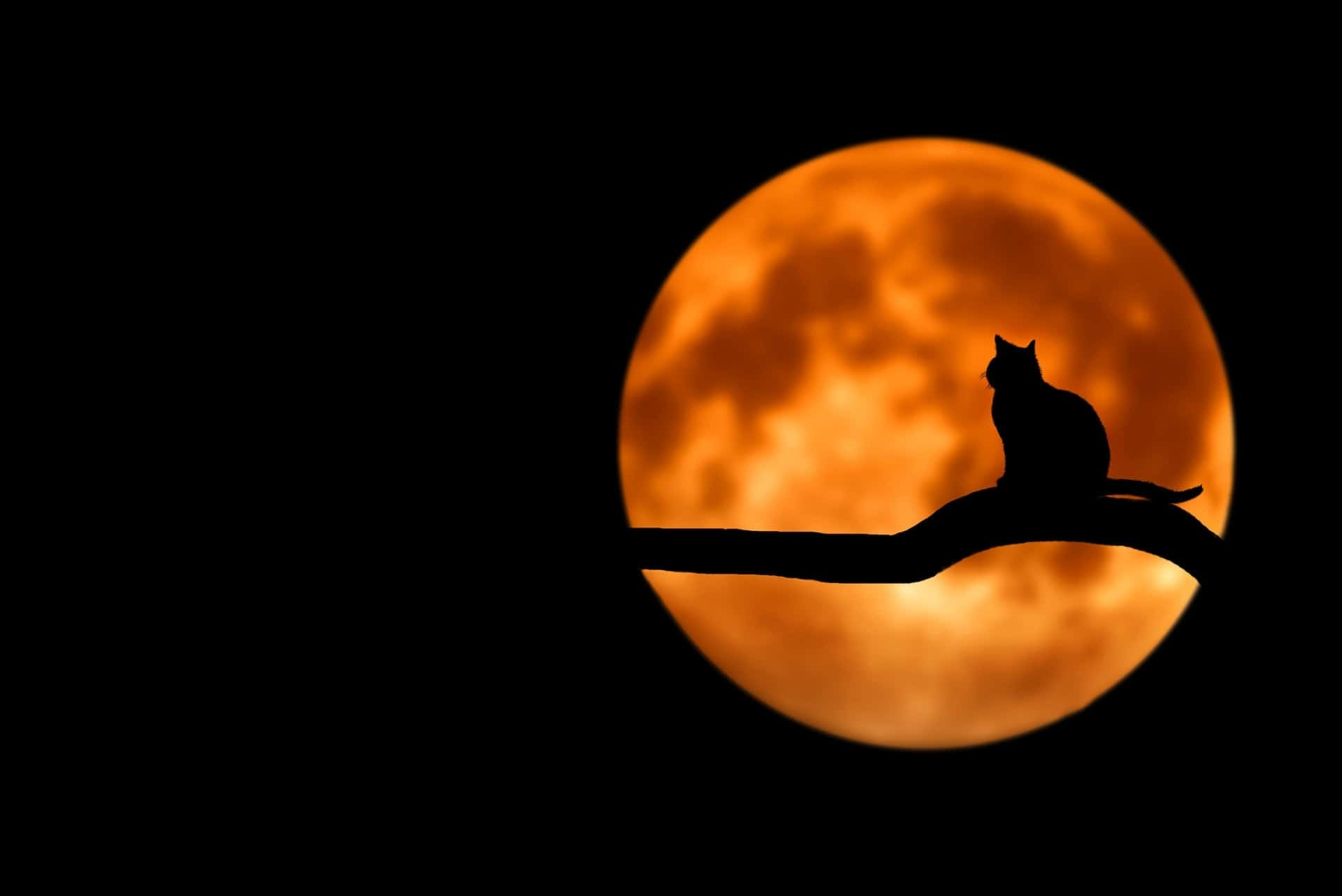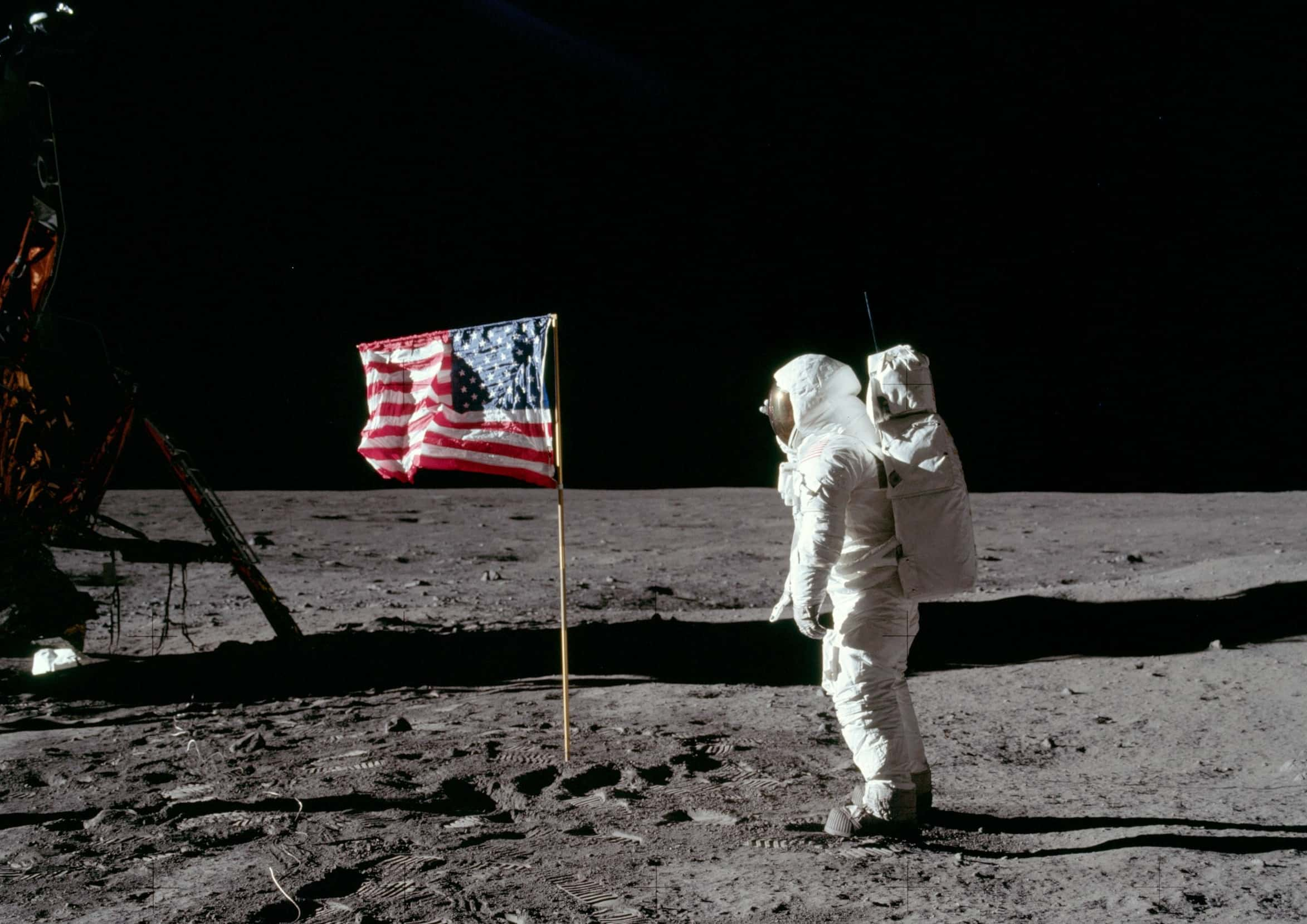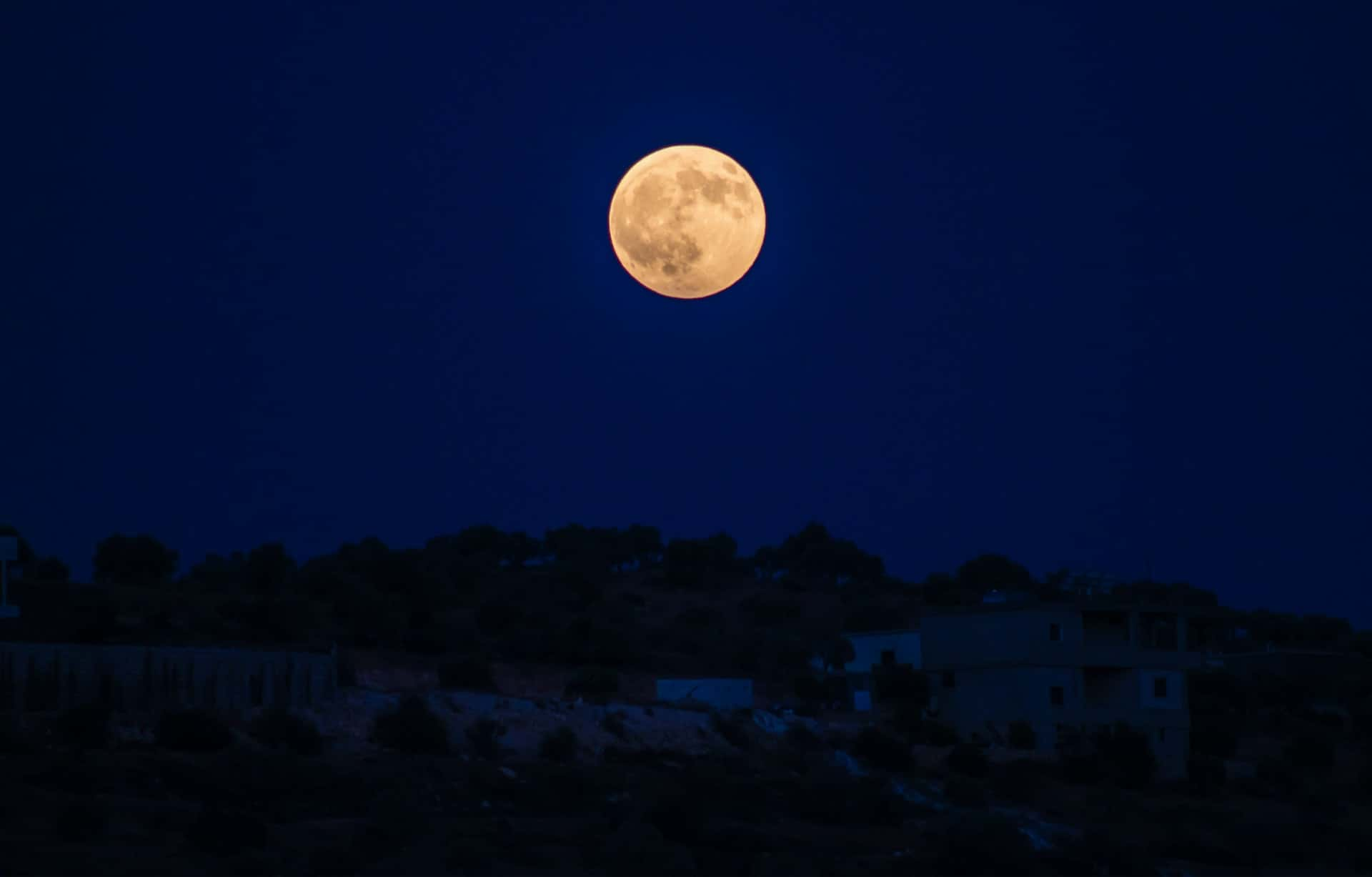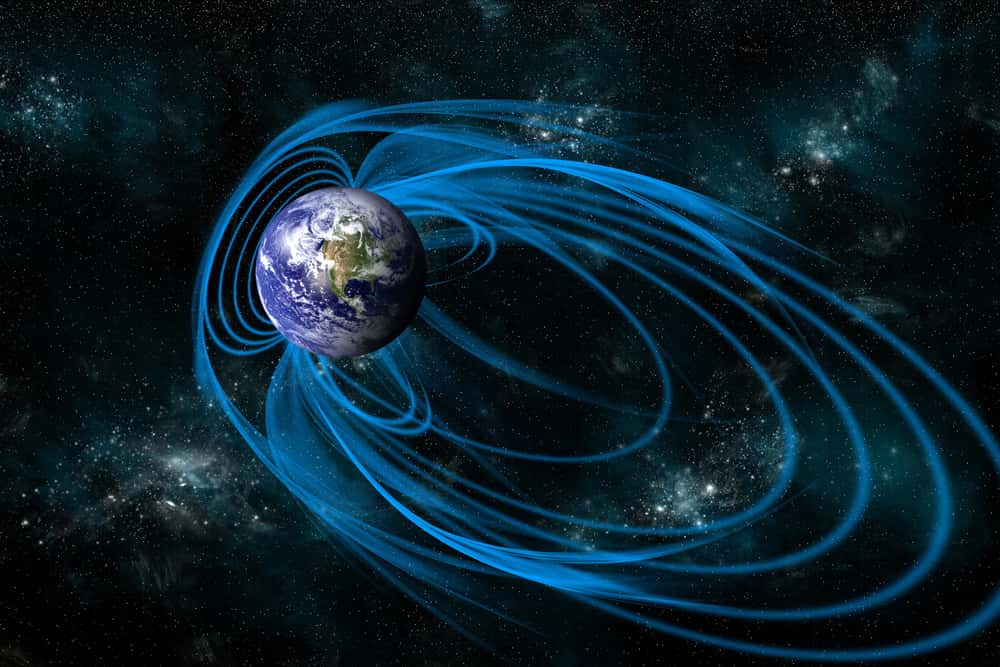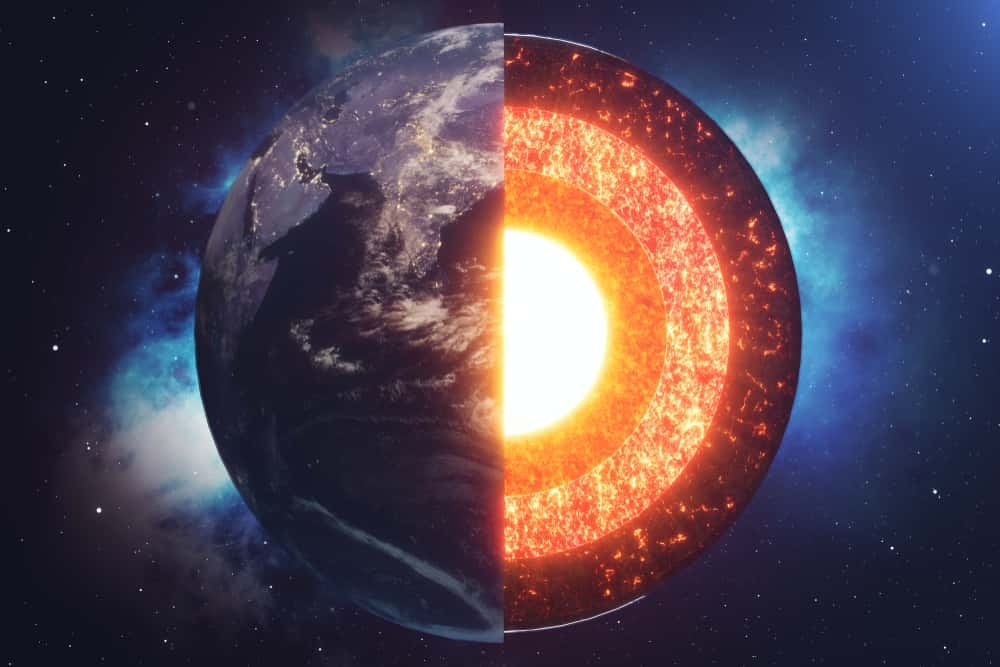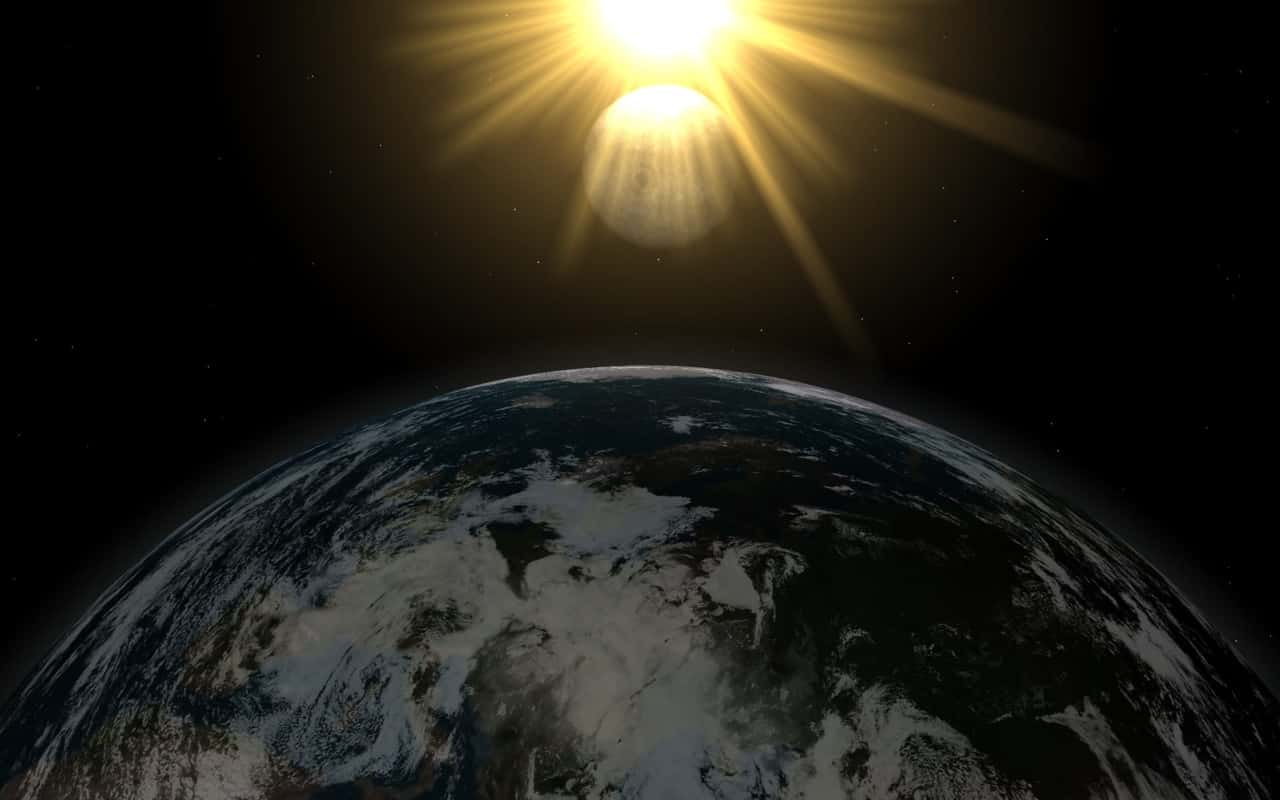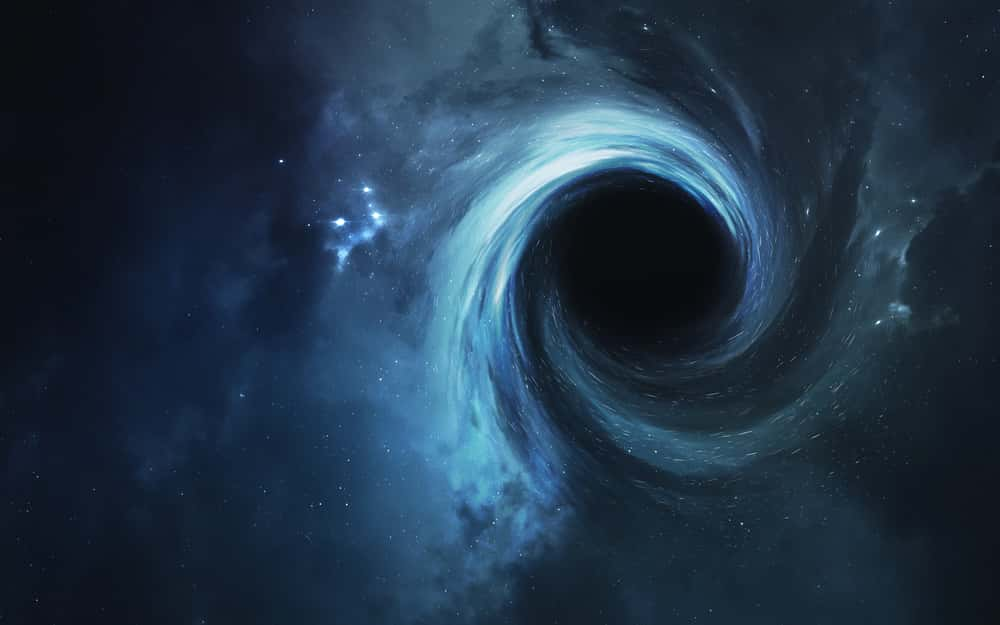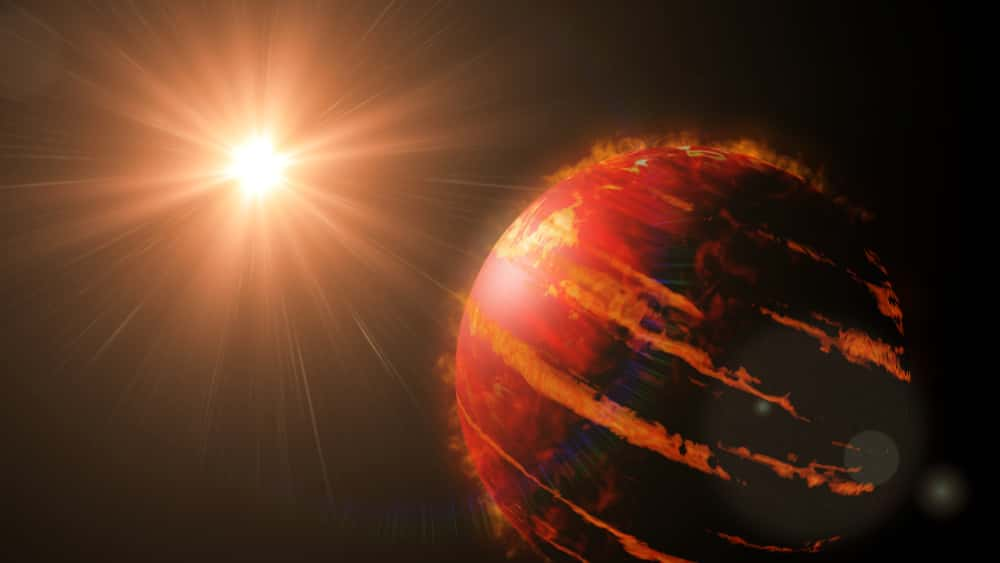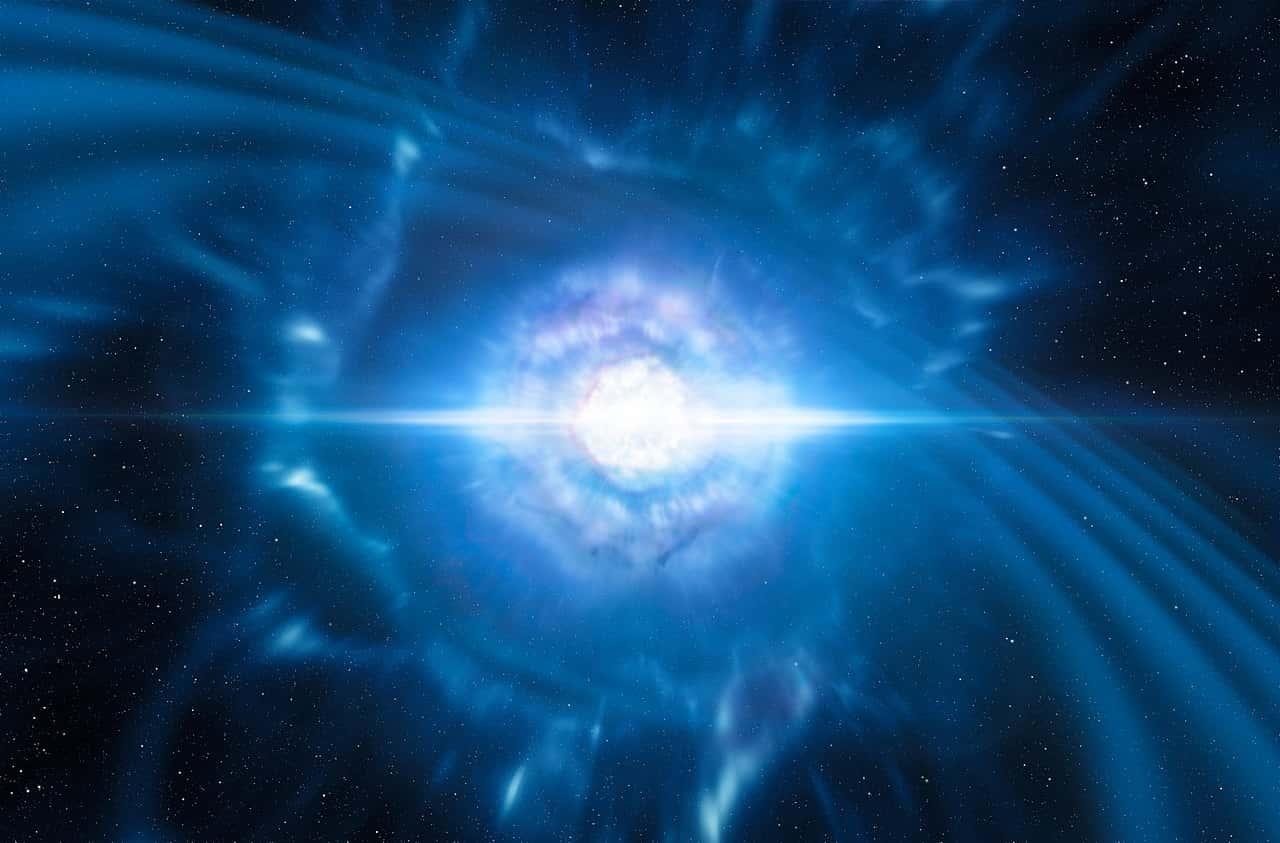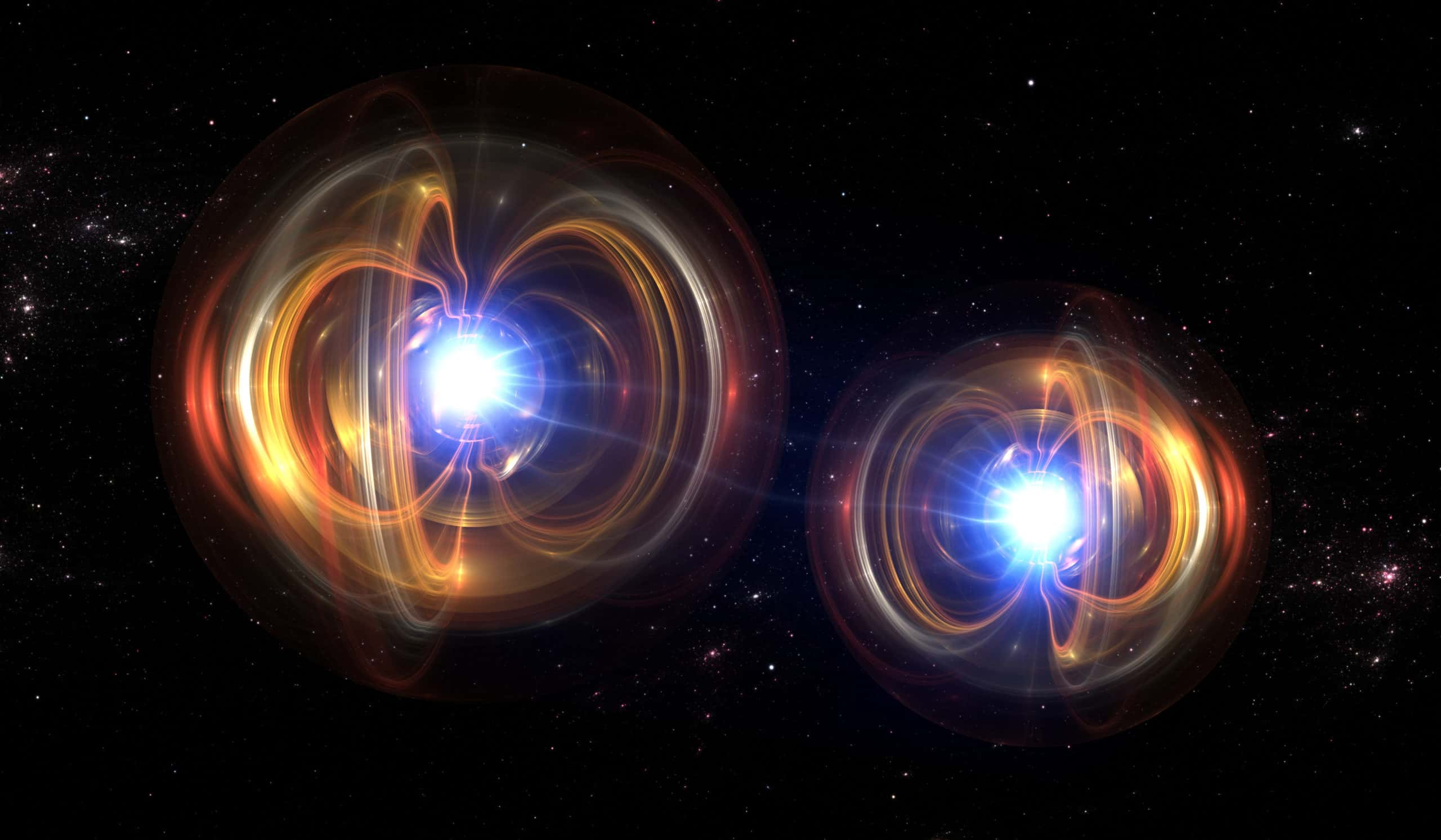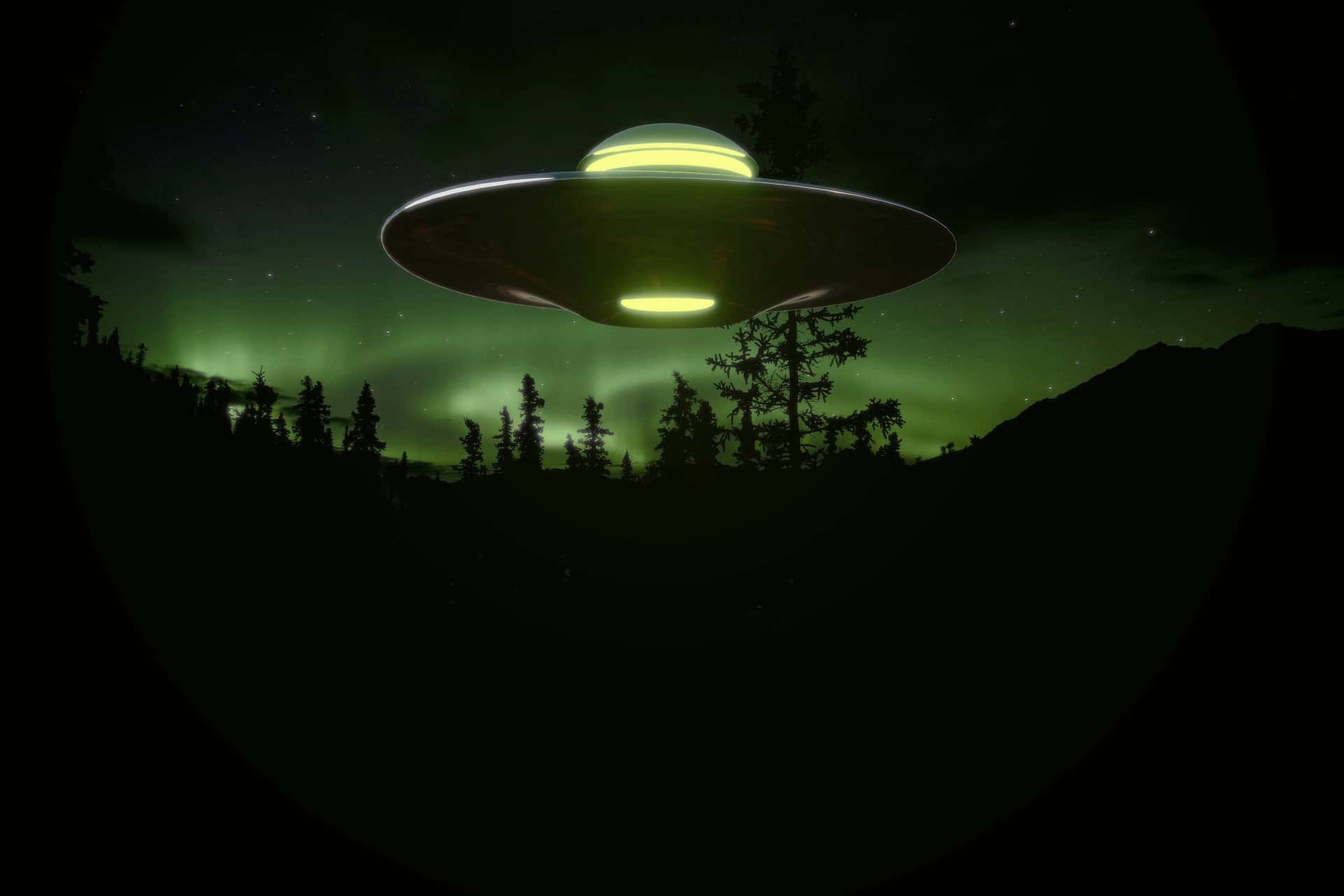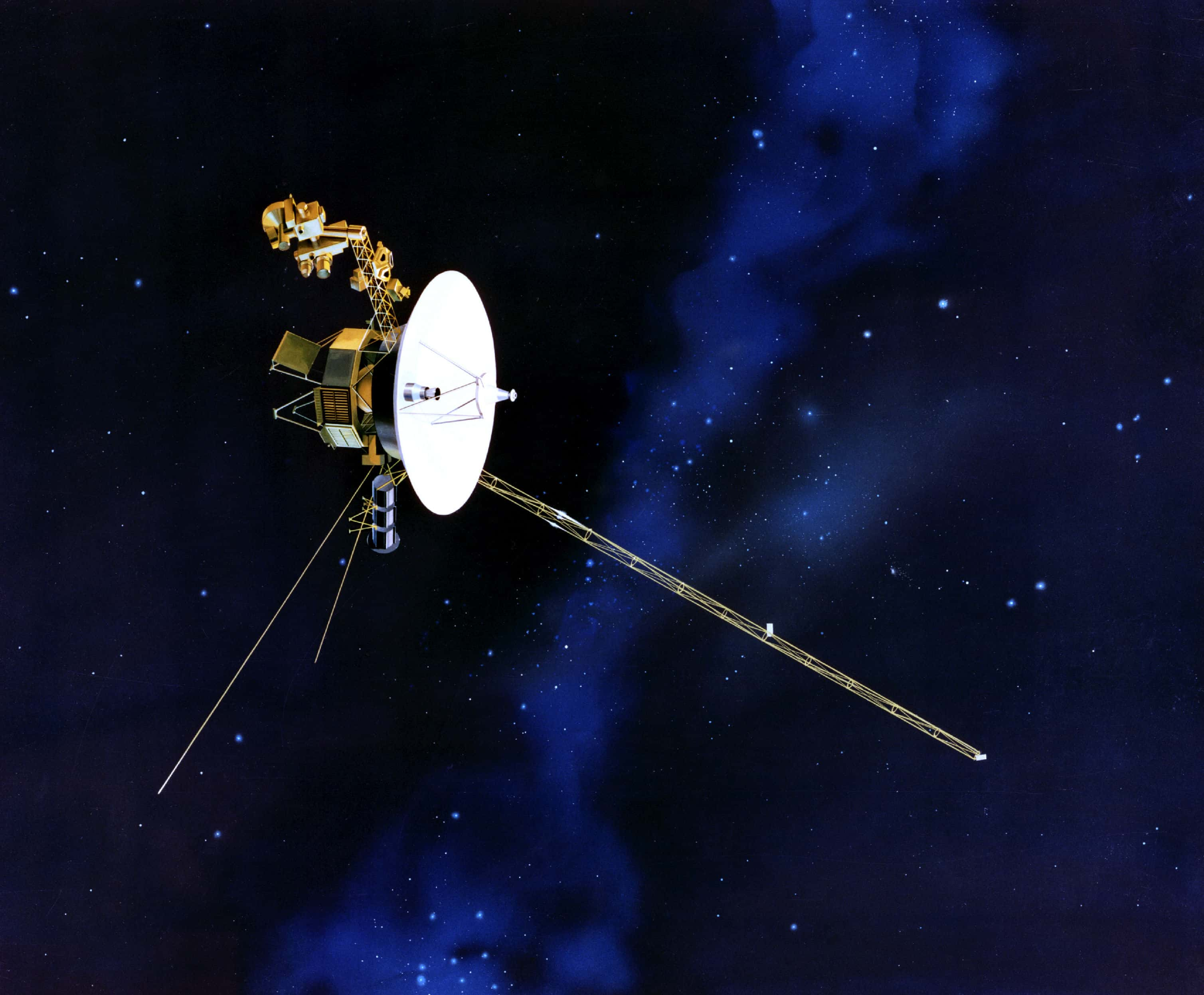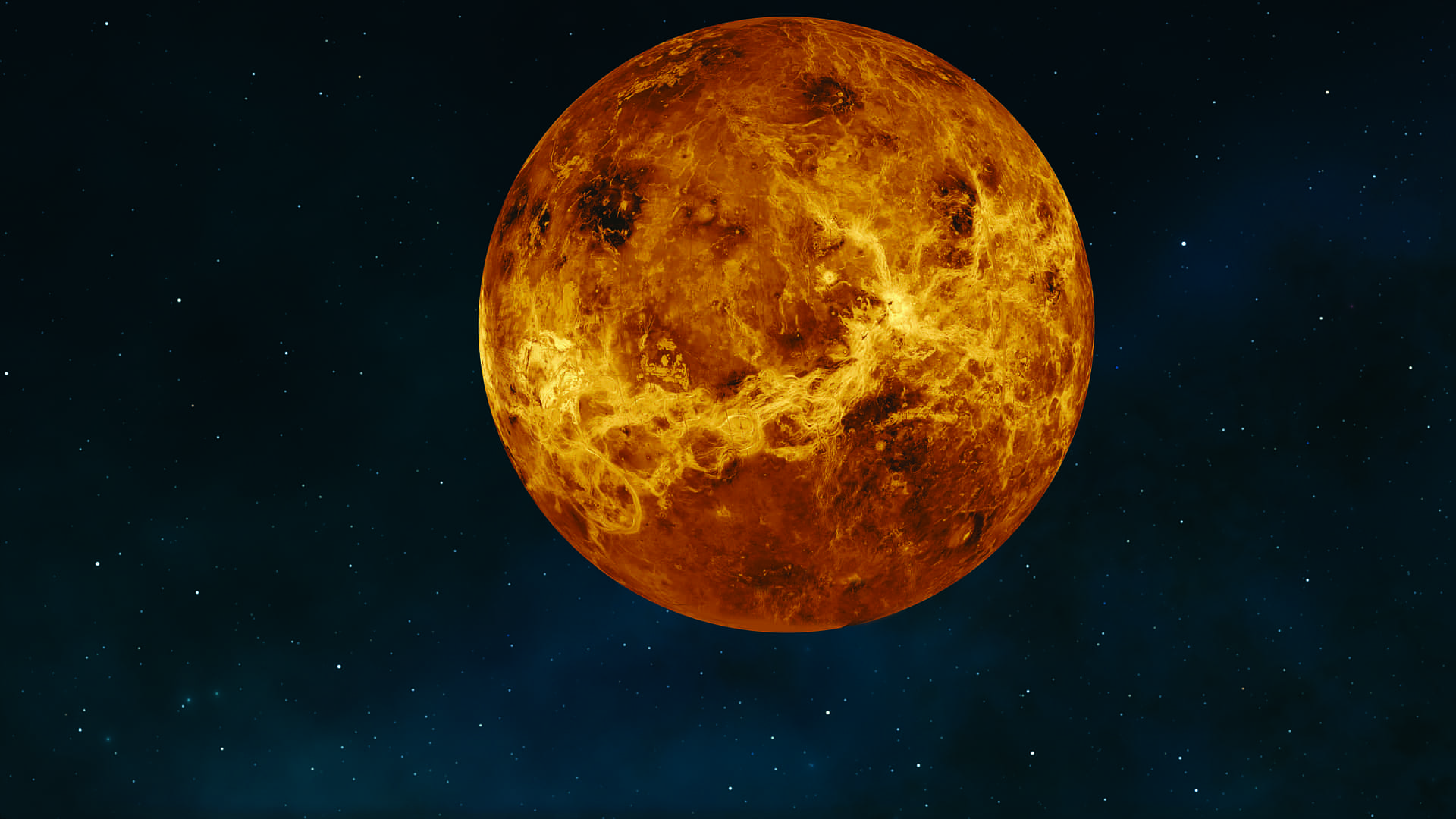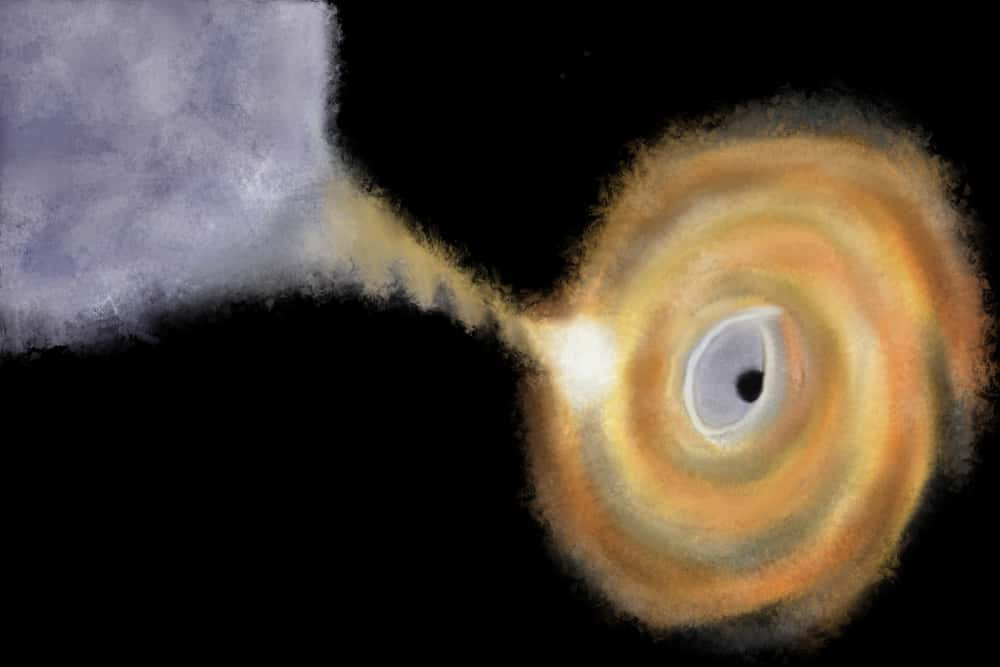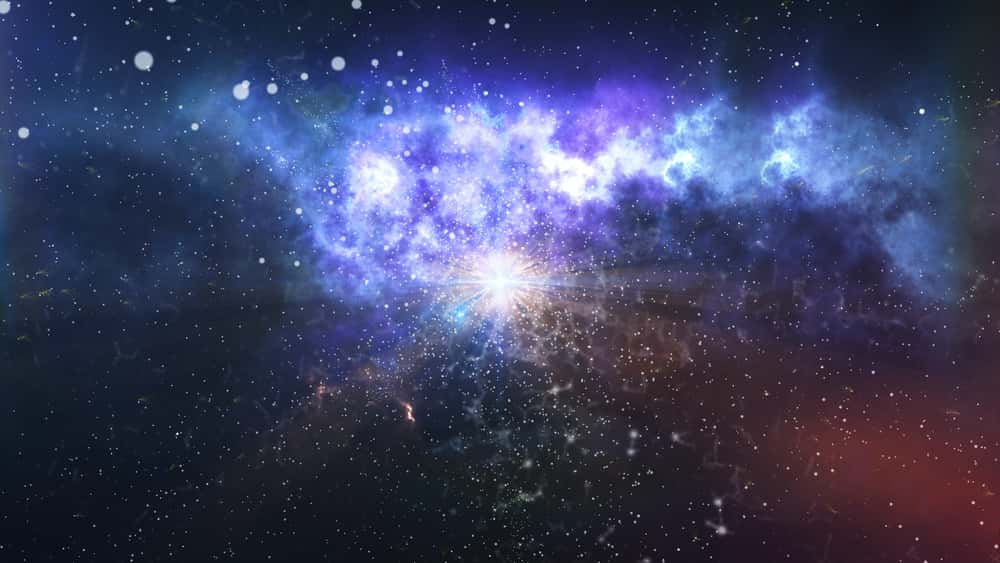Ah, science! Always taking things we think we understand and blowing our minds with new information.
The fields of biology, physics, and chemistry are full of incredible and important facts about our universe and how everything inside of it functions. We all learn about these things as children, but usually, don't appreciate them until much later. It takes maturity and genuine curiosity to realize that science is not only practical, but also amazingly cool. Here are 42 bizarre facts that everyone should know about science.
1. Two Way Street
All planets in our solar system rotate as they orbit the sun, and they all do so in the same direction, with one exception. Venus, who you probably remember as Earth's evil twin, is unique in that it actually spins backward. Many scientists believe that Venus probably started off spinning in the same direction as the rest of us, but somehow got flipped over at some point in time. Either way, the result is a planet where the sun rises in the West and sets in the East. Another reason why you might not feel quite at home on Venus!

2. The Sun Just Ain't What It Used to Be
The sun is probably the most easily identifiable object that appears in our sky. However, what you are actually seeing when you glance in its general direction is not the sun as it appears right now. That's because the sun is more than eight light-minutes away from us, and every ray of sunshine we receive on earth is actually eight minutes and 20 seconds old. Does this mean that creatures on distant planets can theoretically see into our past with the right kind of telescope? Hmm...
3. Secret Conversations
You might be surprised to learn that there is more to plants than meets the eye. While they seem to just stand there and not do much, plants can actually communicate with one another in some truly amazing ways. There is some evidence suggesting that plants can release distress signals warning other trees to have their guard up about threats. Talk about teamwork!
4. Spacetime
Don't you just hate it when you think things make sense, and then someone has to come along and ruin everything? That's exactly what Albert Einstein did at the beginning of the twentieth century when he informed us that space and time are actually part of the same thing, and that the whole universe is made up of this curved "spacetime". He also showed that gravity is really the effect of massive objects pressing down on this curve, replacing Sir Isaac Newton's centuries-old explanation of the force of gravity and changing the field of physics forever.
5. Here Comes the Sun
Just for the record, the sun is not a giant ball of fire. Nor is it on fire at all. The sun, like other stars, is a ball of plasma with the process of nuclear fusion turning hydrogen into helium inside of its core.
6. Crucial Details
DNA is the blueprint of a human being, and its strands contain the code that determines everything about who you are. In addition to that, all humans share 99.9% of their DNA. You had better hope you get a 0.1% that you like, because everything about who you are as an individual depends on it.
7. Yellow-Belly
While we're on the subject of DNA, it turns out that humans aren't the only organism you share DNA with. You might be surprised to learn that humans share 50% of their DNA with bananas!
8. Green Eyes
If you've ever gone somewhere dark enough to see the stars clearly, you may have observed that they come in a variety of colors. However, did you ever notice there are no green stars anywhere in the sky? This is not because the stars have any problem with the color green, it's just that our eyes are incapable of seeing it. Our own sun actually contains plenty of green.
9. A Colorful Fact
What are colors anyway? When we see colors, our eyes are actually perceiving the wavelength of the light emitted by whatever object we are looking at. Within the electromagnetic spectrum, visible light makes up a very small portion, which our eyes see as color, while most light (such as infrared and ultraviolet) is invisible to us.
10. White Light
Did you know that white is not actually a color, but is the product of all visible light together? This can be demonstrated by shining white light through a prism, resulting in a rainbow. You may have done this experiment in grade school, but its always fun to give it another go!
11. Exclusive Club
Out of all 118 elements found on the periodic table, Bromine and Mercury are the only two that are liquid at room temperature.
12. Right on Time
Ever wonder why your body feels different when you change your daily routine or sleep cycle? Or why you feel a certain way every day at the same time? This is because your body actually has a built-in mechanism to navigate your daily routine in synch with the rotation of the earth. What is colloquially referred to as the "internal clock" is properly known as the Circadian Oscillator.
13. Wet Moon
We have long been searching for extraterrestrial life, but maybe instead of on other planets, we should be looking on other moons! Europa, one of Jupiter's many moons, may have massive liquid oceans under its surface. Can you imagine what kind of crazy dolphin aliens could be living under there? Time will tell...
14. Too Big for Its Boots
Earth's moon is considered unusually large for a moon, and is in fact large enough that it actually regulates Earth's orbital axis and makes the pattern of ice ages possible. This all means that the moon contributes to making it possible for life to actually exist and function on Earth. Scientists think that we might not just be the only planet in our solar system with a moon like that, but perhaps even in the entire universe! I guess we really lucked out on this one.
15. Moonwalk
The moon is the only celestial body in the universe that humans have set foot on other than Earth. Since the mid-twentieth century, Humans have sent more than 100 spacecraft to the moon with 24 individuals on board.
16. Rough Separation
Scientists believe that the Moon was once part of Earth, and was knocked away in some kind of giant asteroid collision. There are many hints to support this theory, including the makeup of crust, mantle, and core that they both share. To be specific, the moon's surface is composed of 43% oxygen, 20% silicon, 19% magnesium, among other elements, and 0% cheese.
17. The Old Switcharoo
Scientists believe that the Earth's magnetic poles get reversed from time to time, and it might happen again in the next one to two thousand years. Make sure your fridge is ready for it!
18. The Core of the Issue
Did you know that Earth's inner core is almost as big as the moon? We've sent humans to explore the moon, but we have never explored our own core, which would no doubt be a very interesting journey and a much shorter commute.
19. Noisy Neighbors
People think of woodpeckers as one of the noisiest birds around because of all the loud pecking they do at trees. This would be considered ironic to a zoologist because woodpeckers actually have no vocal cords and can't communicate or even make a sound in any way other than pecking! (Wisecracking cartoon characters notwithstanding).
20. Super Bird
Up in the Sky! It's a Bird! It's a Plane! It's...a wandering albatross! Sometimes extending up to 3.5 full meters wide, this bird has the longest wingspan of any currently living bird. If you're ever near its natural habitat, be sure to try and catch a glimpse!
21. Let Me Outta Here!
When objects orbit other objects in space, they just happen to be traveling at the right speed to get locked into the influence of the first object's gravity. However, if the "trapped" object were to exceed that precise speed, it would break the lock of the other object's gravity and escape, floating off endlessly into space, never to return. Each object has a precise speed at which this will occur, known as its "escape velocity". Let's hope the Earth doesn't go too fast, we need the sun!
22. The Point of No Return
A black hole happens when matter gets packed into such a small space, the gravity becomes so strong that even light can't get out. We've all heard of supermassive black holes, but scientists believe that some black holes might be as small as one atom in size.
23. The Times They Are A-Changing
Einstein totally changed the way we think about many things, but nothing is more mind-boggling than what he discovered about time. The idea that time is relative and that it unfolds at different rates for people in different frames of reference is so counter-intuitive it's almost impossible to truly fathom. Nevertheless, this is now understood to be a fact of our universe. If that's not an awesome fact, I don't know what is!
24. Numbered Days
As much as we love the sun and all it does for us, it is actually losing about four million tons of its mass every second because of nuclear fusion, and it eventually will run out completely. The good news is, it will never get to this point. The bad news is, before it has the chance to lose all its mass, it will become a red giant and die, taking Earth and other nearby planets with it to the grave. Let's enjoy it while we can!
25. Left vs. Right
The human brain is split into two hemispheres, each of which takes on its own unique functions. The left side takes care of logic, numbers, and analytic thought, while the right side handles intuition, creativity, and imagination. We hope that this article so far is strongly inspiring both sides of your brain!
26. Circulatory Team
Your body has not one but two circulatory systems that work together to transport blood throughout your body on a constant basis. Your systemic circulation and your pulmonary circulation meet up and connect in your heart to ensure that your body is getting everything it needs to function.
27. Hot Jupiters
One mystery that has come about through the discovery of thousands of planets in other solar systems has been the existence of "Hot Jupiters". This term refers to planets that are similar in size to Jupiter, but are way closer to their star than Jupiter is to the Sun. This is odd because it contradicts the way scientists understand the formation of planets and solar systems, and yet there are many of these bizarre "exceptions". Ideas have been proposed to explain this, but we can't really know for sure until much more is learned about exoplanets and the universe beyond our local neighborhood.
28. Neutron Stars
One of the craziest things you'll find in space is a neutron star—an object with more mass than the Sun but all condensed into a tiny shape about the size of a city. Neutron stars are the result of the demise of a large star, which explodes and collapses to form this result.
29. Quantum Particles
When the study of physics gets down to the subatomic level, crazy things happen. Subatomic particles appear to move in random and unpredictable ways, causing some people to actually speculate that they might indicate the existence of parallel universes. The crossroads between science fiction and reality may be closer than we think.
30. The Drake Equation
It's hard to think of a science-related topic as culturally popular as the quest to discover extraterrestrial life. Astronomers have used many methods of trying to contact any potential alien civilizations that could be out there. In fact, so much serious effort has been put into this by some that there was actually a formula developed called the Drake Equation, which was used to calculate the number of alien civilizations that exist. The only problem? No one knows the values of anything that need to go into the equation! Nevertheless, the formula will no doubt come in handy for those continuing this epic pursuit.
31. Where No Man Has Gone Before
The Voyager twin spacecraft is one of the most important missions astronomers have ever undertaken. These ships were sent out in 1977 and are still going strong, having made their way throughout the planets of our solar system. Having now passed the outer planets, the ships will float in empty space for thousands of years before they begin to approach the nearest other celestial bodies. The organizers of the mission anticipated this and wondered what would happen if someday, far in the future, an alien civilization came across these spacecraft of ours. They decided to attach a "Golden Record" to the spacecraft so that whoever encountered it could hear some of Earth's music and languages, and perhaps see a glimpse into what our civilization was like. Using drawings of universal scientific concepts that any life form could theoretically know about, they tried to communicate Earth's cosmic location and instructions on how to play the record. Who knows if and when this message in a bottle might be found, or by whom?
32. Fe-eling Good
Have you been hassled about getting enough Iron in your diet? Ironically (no pun intended), there may actually be something to that suggestion. Nutritional concerns notwithstanding, Iron is actually one of the most stable elements.
33. Working Overtime
The kidney is such an amazing organ that we actually each have two of them. Their job is to filter out waste from the bloodstream, and this is crucial to our ability to live. One of the most fascinating things about them is that despite being crucial, it is possible for people to donate one of their kidneys and still survive because, miraculously, the second kidney can actually take on double the work when the first one is removed. That's what you call rising to the occasion!
34. Worst Vacation Spot Ever
If you're thinking of relocating to another planet someday, Venus would not be the ideal choice. Despite being the most bright and visible planet to us, and being close to the Earth's twin in shape, size, and many other ways, it is different in all the ways that really matter for anyone who wants to theoretically live or even go there. Venus is the hottest planet in the solar system, it's covered in volcanoes, and it rains acid. As some have noted, it would not be a stretch to state that Venus is the closest thing to Hades itself you could ever hope to find in physical form.
35. Photosynthesis
I'm sure you learned about photosynthesis at some point in elementary school, but it's such a cool phenomenon, it's worth revisiting as a grown-up. Plants literally absorb sunlight and turn it into food for themselves to consume. These trees are always up to something!
36. No Pressure
Wind is something we all encounter on a regular basis. When you feel the wind blowing on you, what you're really witnessing is the air's reaction to a difference in pressure between two places. The air reacts by moving towards the lower pressure, and we feel this as wind. I guess you're not the only one who likes to avoid high-pressure situations!
37. Life Is but a Dream
Virtually everyone can probably relate to the following questions: what do dreams mean, and why are they so hard to remember? Early psychological thinkers such as Sigmund Freud and Carl Jung theorized about the meaning of dreams, while most scientists in the twentieth century assumed that dreams were random spurs of memories that had no actual coherent meaning. Recently, some neurologists have found evidence suggesting that dreams exist as a defense mechanism to help humans understand and protect themselves from potential problems. Remember this the next time you wake up thinking you were falling off a building!
38. Cats Know Physics
It's not a coincidence or a myth that cats always land on their feet. The way they actually do this is by using both sides of their body to speed themselves up and rotate the second they begin to fall, leaving plenty of time for a smooth feet-first landing.
39. Event Horizon
You don't want to get too close to a black hole. Aside from not being able to ever escape, you are also risking undergoing a horrible process of being stretched out and torn apart as you make your entrance to the dark side. This process is known as spaghettification (yes, for real!). It's something most of us would like to avoid.
40. All Bark, No Bite
Despite all the attention it gets and how important it is to our daily lives, gravity is actually the weakest of the universe's four fundamental forces. Even though it sounds surprising, it makes sense when we remember our own ability to thwart gravity's plans. Every time you pick up or catch an object using your own strength, you're defeating gravity.
41. That's Gonna Be a No for Me, Dawg
The vulture is reviled by some because it dines on carrion. Despite surviving off of rotting flesh, vultures still care about keeping clean. Vultures poop on their feet, using the bacteria in their waste to fend off the germs in their meals. Bold choice, vultures.
42. Dark Matter
We have learned so much about the universe in the past few hundred years, but one of the most shocking discoveries came in the last century. Scientists determined that the vast majority of what exists in the universe is totally invisible to us, and we know nothing at all about it. This stuff is referred to as Dark Matter and Dark Energy. It just goes to show that even after reading 41 facts, you can really only conclude that there is so, so much more to know.
Sources: 1, 2, 3, 4, 5, 6, 7, 8, 9, 10, 11, 12, 13, 14, 15, 16, 17, 18, 19, 20, 21, 22, 23, 24, 25, 26, 27, 28, 29, 30, 31, 32, 33, 34, 35, 36, 37, 38, 39, 40, 41, 42, 43, 44, 45







